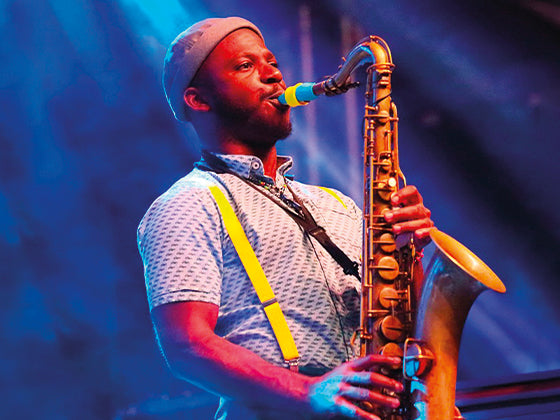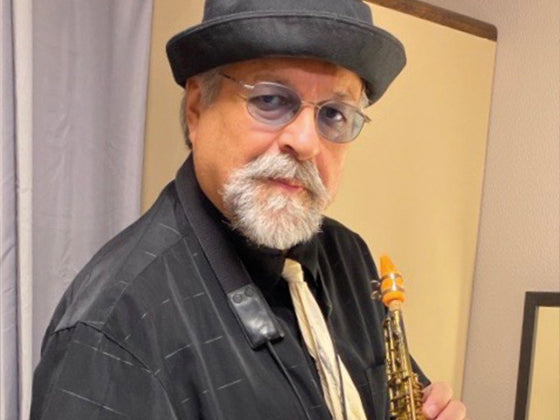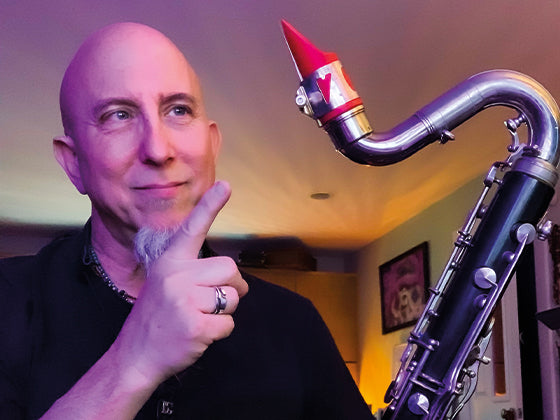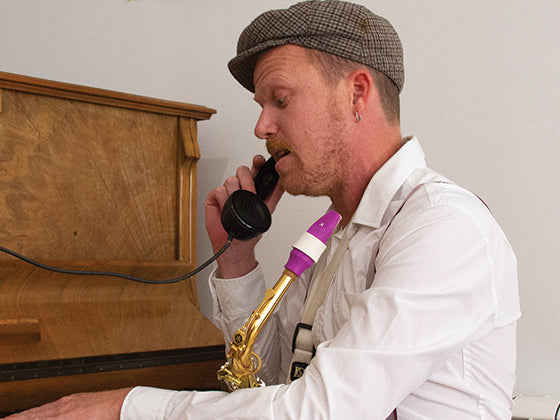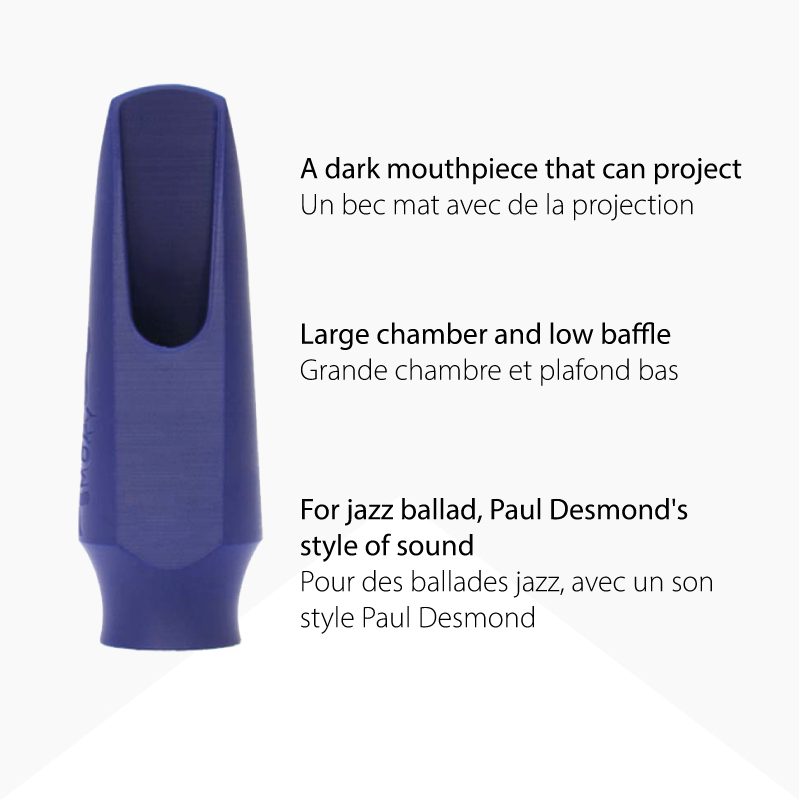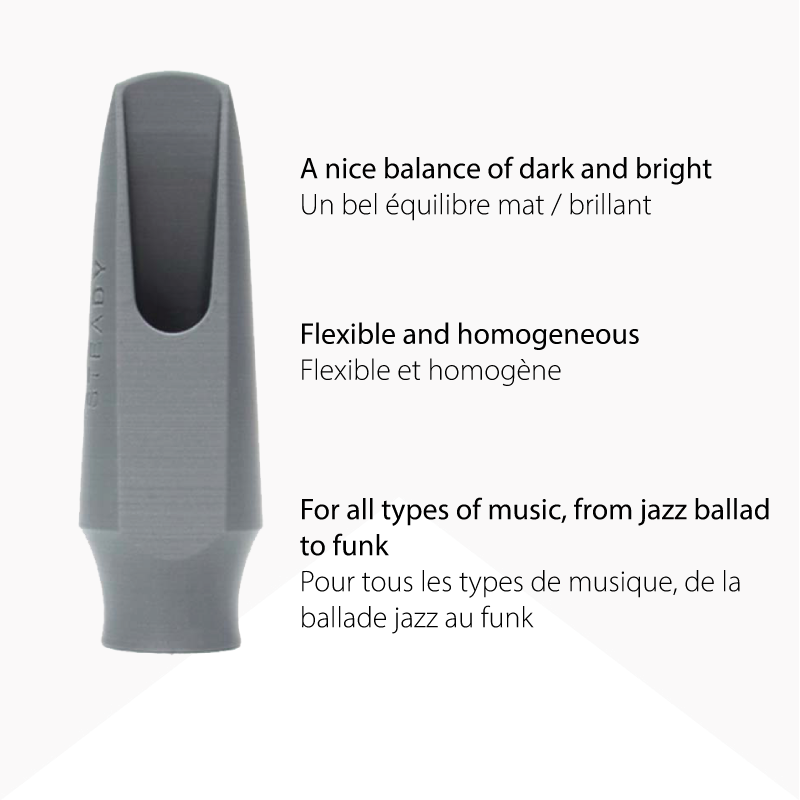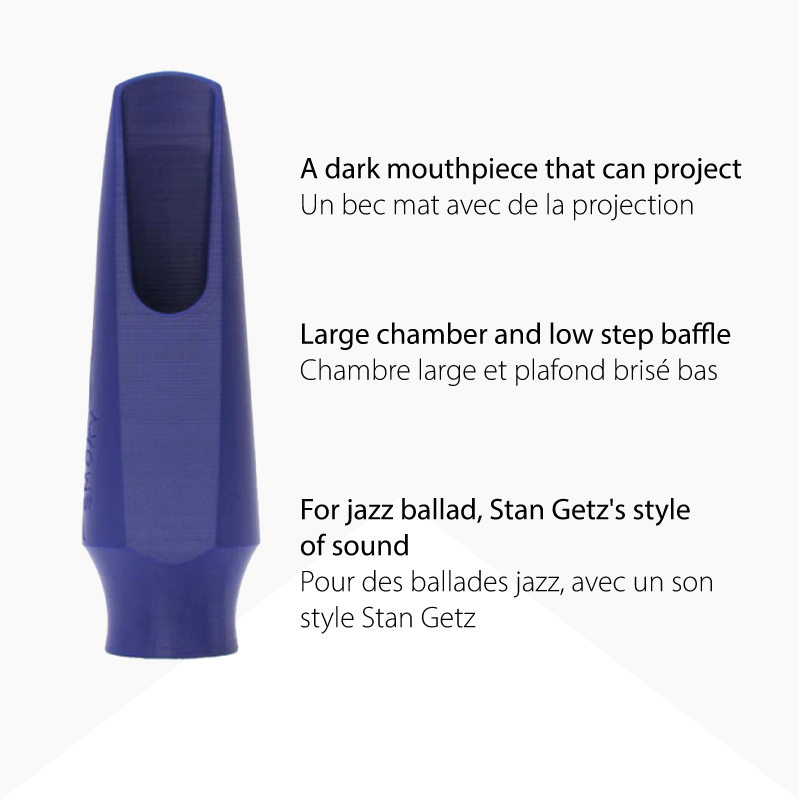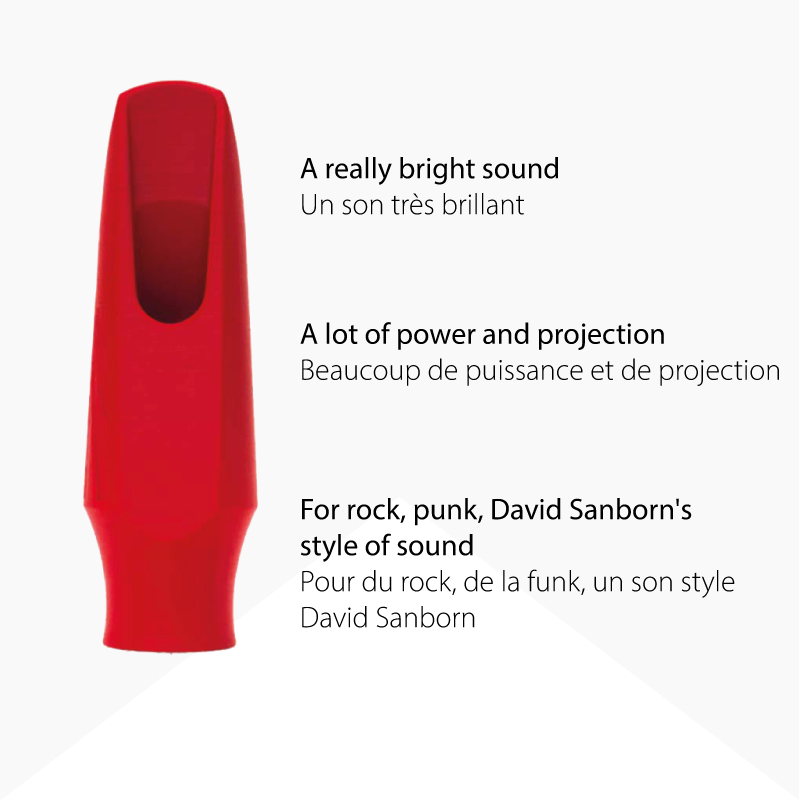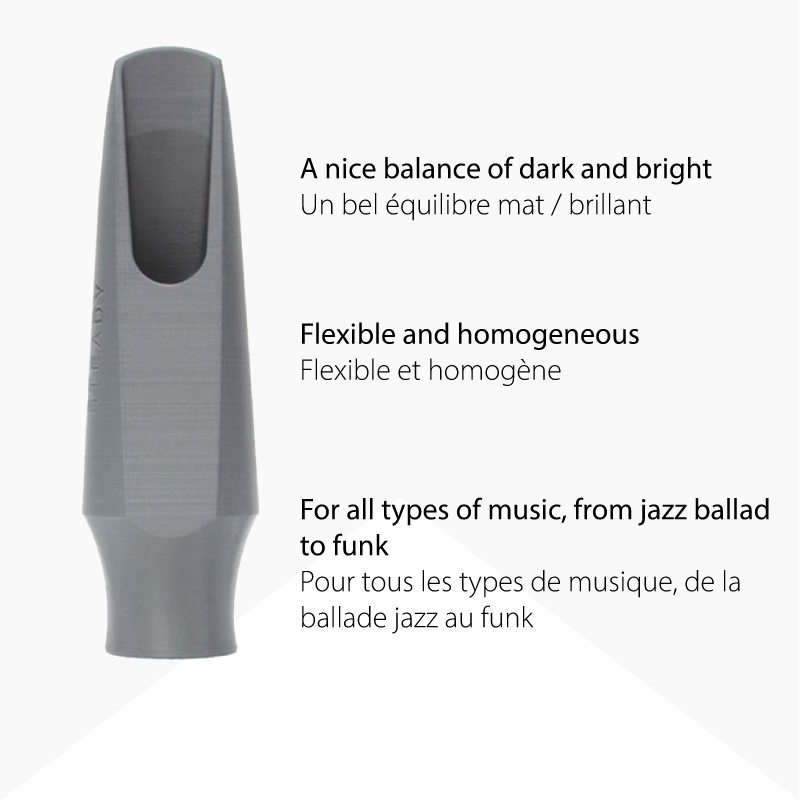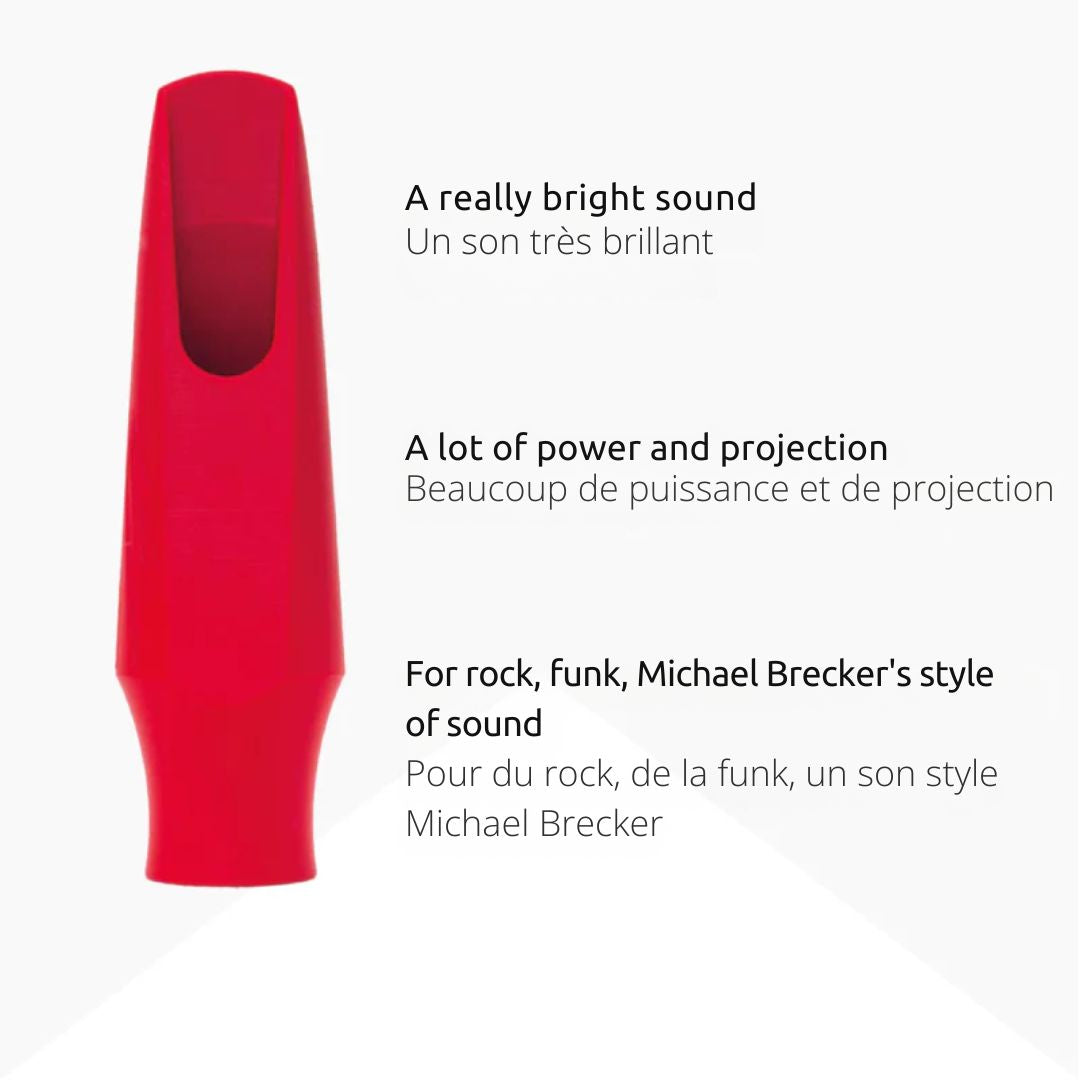When people talk about “Texas Tenor,” they are describing a whole tradition that grew out of dance halls, blues clubs, and roadhouses across the Lone Star State. It is bold, gritty, and deeply connected to the spirit of Texas. Let’s take a tour of where it started, what it sounds like, and why it still matters today.

Count Basie
Where it all began
In the 1930s and 40s, Texas was buzzing with territory bands and late-night joints. Young saxophonists were cutting their teeth in noisy rooms where the horn had to compete with laughter, dancing, and clinking glasses. Microphones were rare, so if you wanted to be heard, you learned to project. The result was a tenor saxophone style built on power, presence, and a heavy dose of the blues.
Players like Herschel Evans in Count Basie’s band set the tone. Then Illinois Jacquet took it nationwide with his explosive solo on Lionel Hampton’s “Flying Home” in 1942. That moment became a blueprint: fat tone, honking altissimo squeals, and blues phrasing that felt like a preacher’s shout.
The sound of Texas
So what makes a Texas Tenor sound? Think big, wide-open, and full of emotion. The tone is powerful but not polished, like a voice that can cry, laugh, or moan. Cannonball Adderley once called it “a moan within the tone,” and that sums it up perfectly.
Texas Tenors love to stretch into the extreme registers. Altissimo notes scream with energy, while the low notes growl and rumble. Add in techniques like humming into the horn to create a gritty distortion, and you get that unmistakable edge.
The phrasing leans on the blues. Instead of long bebop runs, Texas Tenors often repeat short riffs, twisting and bending them until the crowd is on its feet. It is about feel as much as finesse. And on stage, they were showmen too. Picture Arnett Cobb arching back on a single note until the room roared. That is Texas Tenor.

Illinois Jacquet performing in New York (1947)
The legends
- Illinois Jacquet: His solo on “Flying Home” lit the spark. A mix of wails, honks, and sheer attitude.
- Arnett Cobb: Nicknamed “The Wild Man of the Tenor,” he carried the torch with unstoppable energy.
- Buddy Tate: Longtime Basie saxophonist who kept the tradition alive for decades.
- King Curtis: Took the Texas Tenor sound into R&B and rock. His solo on The Coasters’ “Yakety Yak” is pure honk-and-fun.
- David “Fathead” Newman: Gave Ray Charles’s band its soulful tenor cry.
- Booker Ervin: Gritty and adventurous, bridging Texas blues with hard bop.
Together, these players showed that Texas was a sound on the horn.
King Curtis (1971)
Influence everywhere
The Texas Tenor style shaped jazz, R&B, rock, and soul. King Curtis’s roaring solos brought that honk into mainstream pop. David Newman’s bluesy lines helped define Ray Charles’s sound. Even players outside Texas, like Gene Ammons in Chicago, were said to have that same “Texas moan” in their tone.
Today, the tradition still inspires. Modern saxophonists talk about chasing that big, unapologetic sound. It is the kind of tone that fills a room without a microphone and makes you feel the music in your chest.
How it stacks up
Compared to bebop tenors in New York, who focused on complex harmonies and fast runs, Texas Tenors kept it raw and bluesy. Against the cool, airy tone of West Coast players like Stan Getz, Texas sounded hot and earthy. Even in Chicago, where the saxophone was central to blues bands, the Texas Tenor stood out for being both soulful and loud enough to dominate a room.
Every region had its voice, but Texas gave the world a tenor style that was bigger, gutsier, and proud of its roots.
Why it still matters
The Texas Tenor sound is history you can still hear. It is a reminder that saxophone playing is about more than notes. It is about personality. It is about making the horn speak like a human voice, moaning, shouting, laughing, and crying all at once.
So next time you hear someone talk about “Texas Tenor,” think of it as a musical recipe:
One part blues, one part gospel, one part power, and a whole lot of Texas pride.
The Robert Martin Signature Tenor Saxophone Mouthpiece sits right at the heart of this Texas Tenor tradition. With its curved baffle and extra-large chamber, it delivers that same bold, gritty presence heard from Illinois Jacquet to Arnett Cobb. Fat, muscular, and full of edge when you want it, this mouthpiece captures the essence of Texas Tenor while adding the precision and consistency of modern Syos design.




